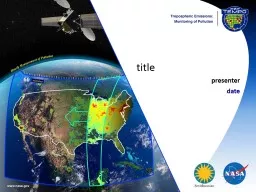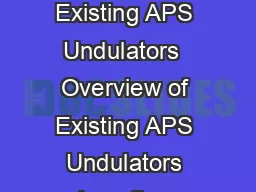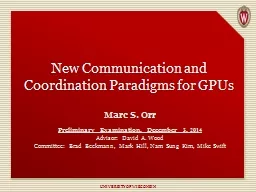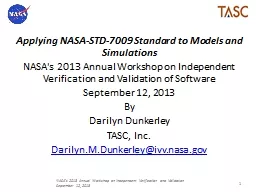PPT-Quick overview of existing Early Adopter paradigms in NASA
Author : danika-pritchard | Published Date : 2017-03-15
Doreen Neil July 12 2016 The Early Adopter EA programs promote applications research to provide a fundamental understanding of how to bring Mission data
Presentation Embed Code
Download Presentation
Download Presentation The PPT/PDF document "Quick overview of existing Early Adopter..." is the property of its rightful owner. Permission is granted to download and print the materials on this website for personal, non-commercial use only, and to display it on your personal computer provided you do not modify the materials and that you retain all copyright notices contained in the materials. By downloading content from our website, you accept the terms of this agreement.
Quick overview of existing Early Adopter paradigms in NASA: Transcript
Download Rules Of Document
"Quick overview of existing Early Adopter paradigms in NASA"The content belongs to its owner. You may download and print it for personal use, without modification, and keep all copyright notices. By downloading, you agree to these terms.
Related Documents














